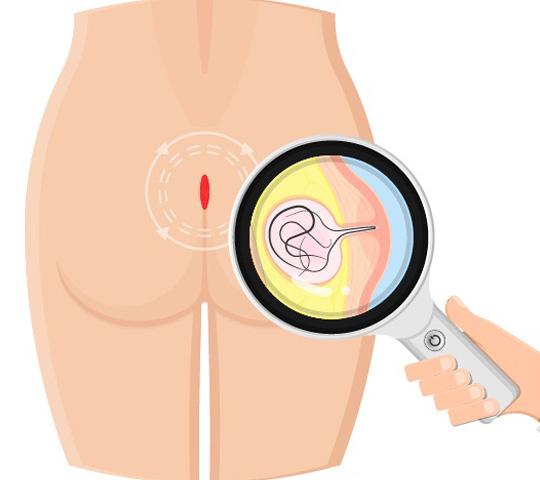A Pilonidal Sinus is a minute hole in the skin. It might fill up with pus or fluid, leading to the formation of an abscess or a cyst. It usually surfaces near the tailbone, on the split above the buttocks. The pilonidal sinus may comprise dirt, hair, and debris. It might cause extreme pain and is prone to infection. If it gets infected, it may discharge pus or blood.
A Pilonidal Sinus affects men more than women, especially young adults. It is also commonly found among people who sit continuously, such as desk workers, taxi and bus drivers, etc.
If you are suffering from Pilonidal Sinus, then you should take treatment before it gets worse. Dr. Mutha Laser Clinic is one of the best treatment centers for the Pilonidal Sinus Treatment in Pune which can assist you to get rid of your sinus issue. They’ll use various ways to treat your sinus, including surgery and medication.

